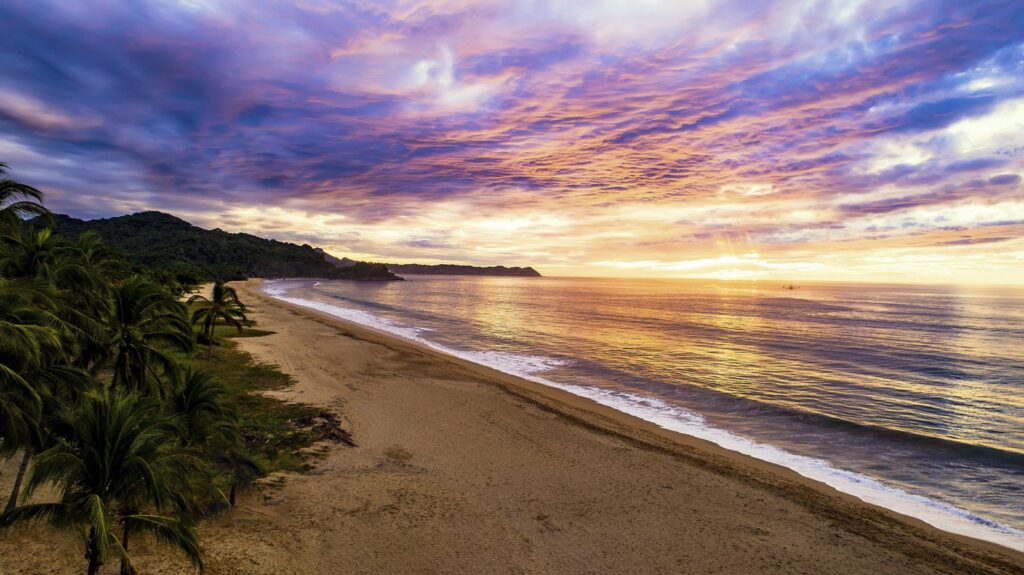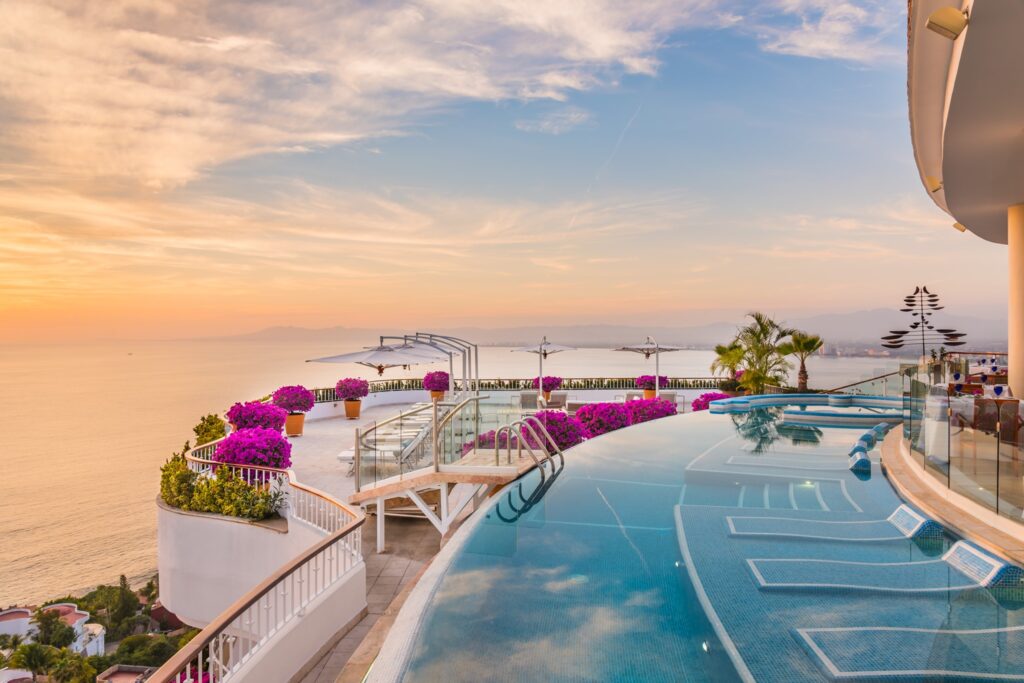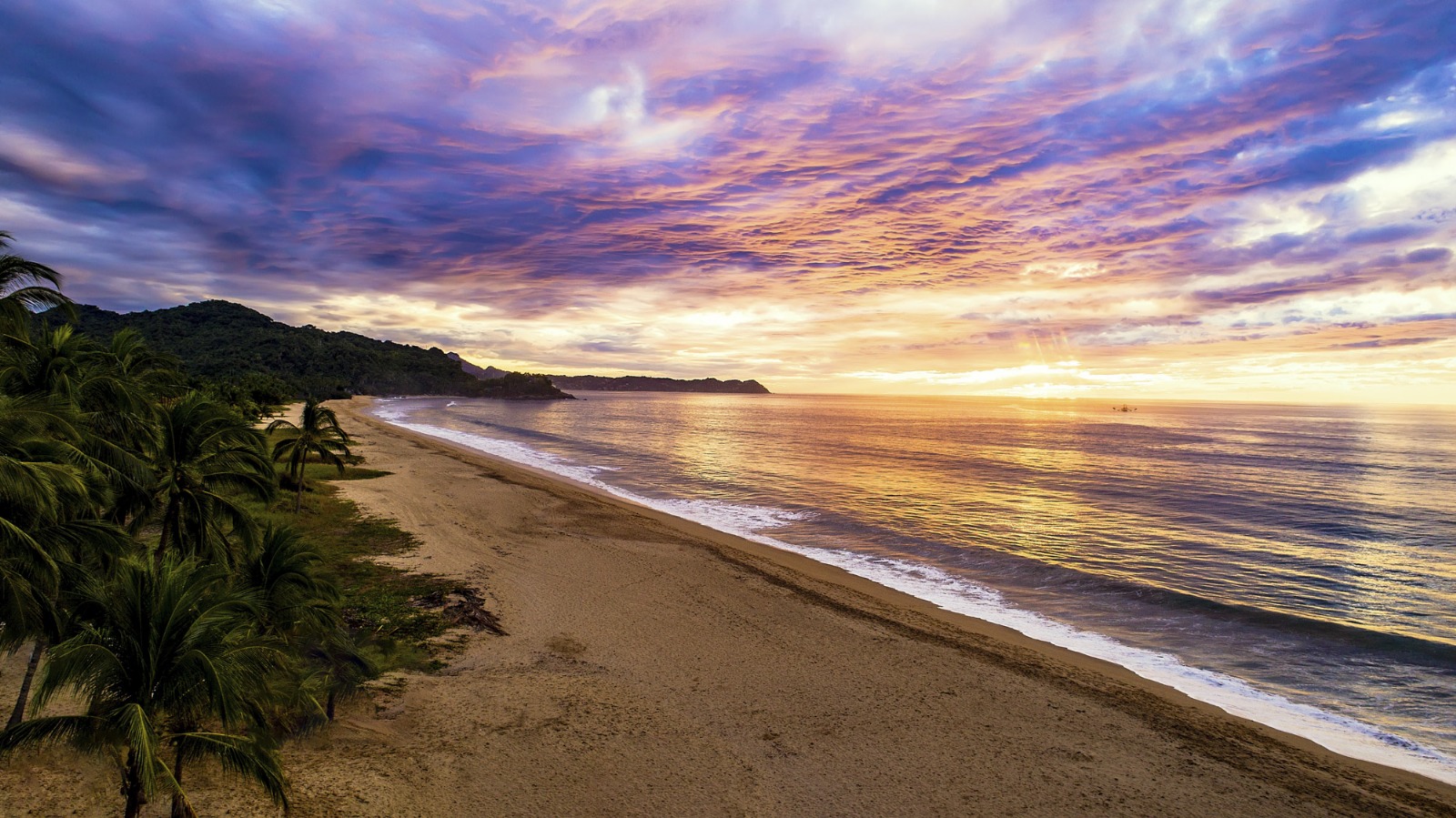NEW YORK – July 25, 2019 – PRLog — In addition to fascinating history, delicious food, incredible traditions and the warmth of its people, the State of Yucatan also offers unique natural wonders. Deep in the state’s dense jungles, visitors will find “cenotes,” natural ponds or pools, once sacred to the ancient Mayans, that beckon visitors to explore and enjoy the incomparable sensation of floating in their cold waters while connecting with the magic of that time-honored indigenous culture.
The entire Yucatan Peninsula, in fact — also home to the states of Campeche and Quintana Roo, in addition to the State of Yucatan — is packed with as many as 10,000 cenotes, with 3,000 in the State of Yucatan alone, according to the state Ministry of Sustainable Development (SDS). These fantastic natural ponds exist only in a select few places around the world.
According to the latest count from the SDS, 94 cenotes are currently open to the public and operated for tourism activities, thus achieving controlled access and supporting the preservation of all cenotes.
Some that are not to be missed include Chelentún, Chak-Zinik Che and Bolom-chojol, all located in the beautiful municipality of Cuzamá, are ideal for snorkeling; Cenote San Ignacio, located 20 minutes from Merida in the town of Chochola, is ideal for snorkeling since it is shallow and visitors can observe abundant marine fauna; aAmong the most attractive, to mention a few, is the cenote located on the outskirts of the Grottos of Calcetohk; the walls of the Xcanché Cenote, located 1 mile from the archaeological zone of Ek Balam, are a good challenge for those who like rappelling; the Yokdzonot ecotourism hostel, located 1.5 hours from Merida and 45 minutes from Valladolid, has a beautiful cenote where visitors can practice rappelling and the Cenote Yabaxcaltun, located 45 minutes from Merida, offers a descent of 164 feet.
As with all natural treasures, it is necessary to take care of the cenotes to ensure their preservation. Therefore, tourists and visitors are obliged to follow certain sanitary rules when entering the cenotes; among these, swimmers must clean and free of toxic products, for the safety of the delicate cenote ecosystem. This ensures that visitors can dive, swim and enjoy the majesty of the cenotes while, at the same time, contributing to the ongoing care of these natural wonders.
The state Ministry of Tourism Development (SEFOTUR) invites visitors to adhere to these following guidelines for the responsible use of these natural wonders of our state, in order to preserve clean waters and surrounding areas, free of contamination:
For a complete list of these natural wonders and more information on the State of Yucatan, please visit http://www.yucatan.travel/












